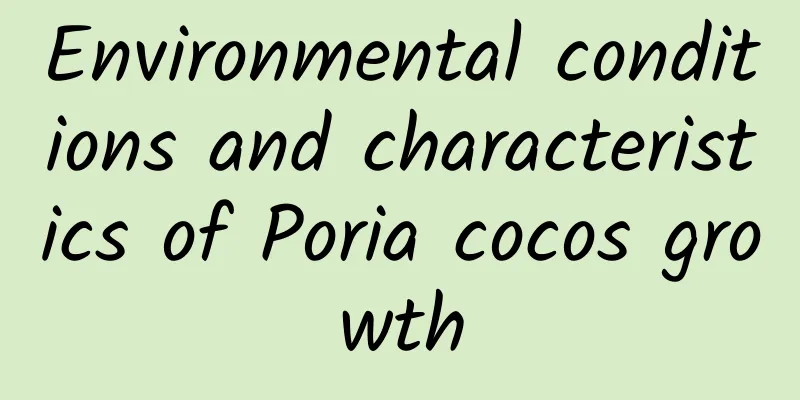Differences between Albizia Julibrissin and Mimosa

1. Leaf DifferenceAlbizia Julibrissin has bipinnate compound leaves that are alternate. The petiole is 3 to 5 cm long, with 4 to 12 pairs of pinnae. The leaflets usually have 10 to 30 pairs, which are linear or oblong, oblique upward, and have a small tip at the tip and are covered with cilia. The stipules of Mimosa are lanceolate, 5 to 10 mm long, with bristles. The pinnae and leaflets will close and droop when lightly touched. There are usually two pairs of pinnae, arranged in a finger-like manner at the top of the petiole. There are generally 10 to 20 pairs of leaflets, which are linear-oblong, 8 to 13 mm long and 1.5 to 2.5 mm wide. The tip of the leaves is acute and the edges are bristly. 2. Flower DifferencesThe Albizia Julibrissin inflorescence is arranged in a cone-shaped inflorescence at the top of the branch. The flowers are pink, the calyx is tubular, about 3 mm long, the corolla is about 8 mm long, and the lobes are triangular, 1.5 mm long. The mimosa inflorescence head is spherical, about 1 cm in diameter, with a long peduncle and small, light pink flowers. |
<<: Difference Between Narcissus and Cinnamon
>>: How to identify hybrid chrysanthemums
Recommend
What should I do after the leaf cuttings sprout? What is the reason for only growing roots but not sprouting?
1. How to deal with germination 1. There will be ...
Which one is easier to grow and has better feng shui, white anthurium or red anthurium?
1. Anthurium is easier to grow From the perspecti...
The effect of white lily
1. Anti-inflammatory and detoxification White tar...
How to grow succulent plants
1. Temperature It is not cold-resistant, and the ...
Advantages and disadvantages of dessert roses
Dessert rose is also known as desert rose. It is ...
Seed propagation of butterbur
Method of propagation of beeswax by sowing soil W...
How to cultivate Pyracantha
Pyracantha growing conditions Pyracantha needs su...
Feed Clivia some of this, and it will bloom every year without fertilizer
Do not fertilize during flowering period Never ap...
Cultivation methods and precautions of Axillary Lip Orchid
Living habits Axillary orchid likes heat and pref...
A complete guide to petunia pests and diseases
1. White mold Symptoms: This disease mainly attac...
Purple bamboo plum cutting method and time
1. Cutting time Under normal circumstances, it ca...
What to do if the roots of hydroponic golden barrel cactus rot
Causes of root rot in hydroponic golden barrel ch...
Rice planting and harvesting time
Rice planting time The planting time varies great...
What size pot should be used for peacock grass and how to water it
1. Use a basin When planting cosmos, you don’t ne...
Cultivation methods and precautions of Chlorophytum comosum
Chlorophytum comosum is an easy plant to grow, bu...









